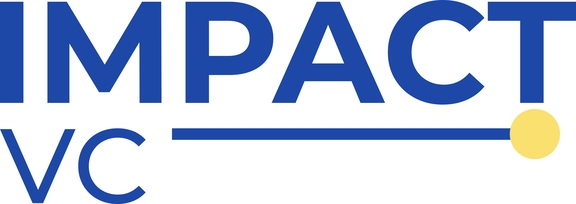Incentive structures
Impact carry mechanisms help to align incentives with impact performance of the fund, similar to the way financial carry mechanisms do for financial performance. Still a relatively new concept, the industry hasn’t yet landed on best practice for impact carry structures. Below we articulate the main dimensions that funds are thinking about. It’s important to note that as this is an emerging practice, many are looking to innovate with structures and mechanisms that can better incentivise impact.
These structures are becoming more commonplace and some LPs are already making them mandatory for some of their funding programmes.
| Dimension | Explanation |
|---|---|
Amount of carry | The industry norm is to link impact carry to financial carry, rather than to have dedicated incentives for impact performance. In other words, a proportion of financial carry is ‘gated’ by impact performance. Some funds have a fixed amount linked to impact performance (eg 50% of carry which is unlocked once ABC impact metrics are achieved) while others have a variable scale (eg linked to the proportion of KPIs achieved). The range of financial carry gated by impact varies by fund; there doesn’t appear to be a norm yet, we’ve seen everything from 25% to 100%. |
Picking the right metrics | Metrics (eg $ or £) saved, CO2 emissions, number of patients supported etc) are a critical part of any impact carry mechanism, as they are the foundation on which performance is determined and therefore remuneration rewarded. It’s a challenging task, as the metric has to be something the venture and fund can realistically measure (ie quantitative) with sufficient accuracy, yet still speak to impact in a meaningful way. Some commonly used metrics such as NPS or number of people reached are useful starting points, but should be supplemented with deeper measurements of impact. |
Thresholds for distribution | In the same way that a hurdle exists for financial carry, the same should be true for impact performance. In other words, at what level of performance on a given metric should carry be paid? The challenge here is a lack of benchmarks to determine what good performance is and therefore should be rewarded. This is where bringing in external experts can be helpful, as they can set realistic yet ambitious targets (see governance bodies below). |
Measurement mechanisms | In a financial context, it’s often obvious how performance is measured (ie it’s universally agreed how to calculate IRR), but for impact metrics there are several ways (eg what does improved mental health mean?). For impact it’s important to specify the measurement mechanisms by which the data will be collected, the tools used, by whom, with what cadence, and what checks and balances there are to ensure the integrity of data (eg third-party data audits – see below). |
Decision and governance bodies | In the same way that there is oversight and third-party auditing of financial information, the same should be true of impact information. Some funds choose to have independent and dedicated impact committees to approve KPIs at the point of investment, and audit impact metrics over time. Others integrate these functions into one governance committee responsible for overall performance at the fund. |
See Mustard Seed Maze's approach as an example.
Last updated
